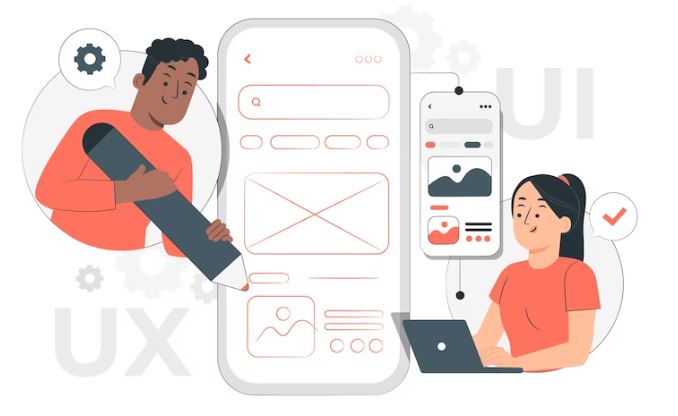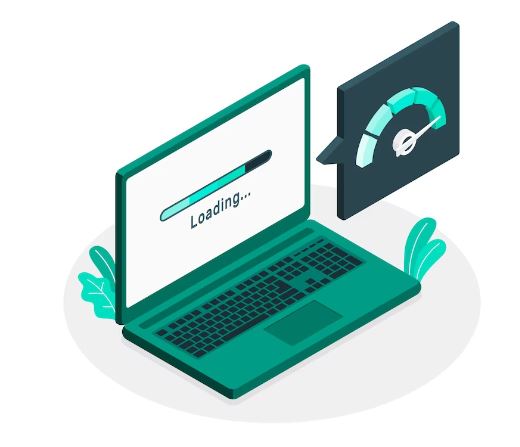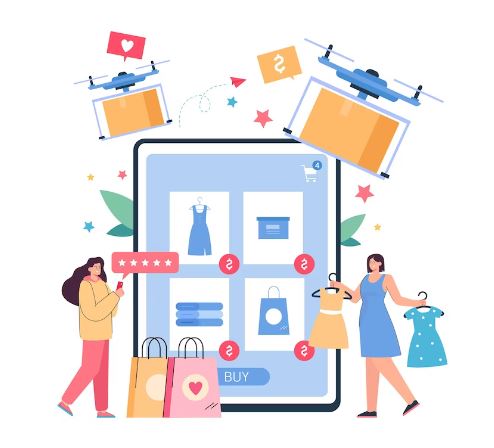The landing page is the gateway to your site. Landing pages are the first point of contact for internet users with your brand, and a proper design can multiply the effectiveness of your marketing activities. A landing page is a place that can make the difference between getting zero to thousands of new customers for your business. In this smart strategy article, we discuss what a landing page is, design principles, and examples.
What is a landing page?
A landing page is dedicated to a specific topic or advertising campaign to attract new customers or increase sales. Businesses try to attract new leads or convert previously drawn leads into customers by designing a good landing page.
Why is landing page design important?
A landing page can make the difference between the success and failure of an advertising campaign. Many marketing campaigns implemented in different areas fail due to an inappropriate landing page. On the other hand, an effective landing page can significantly increase the conversion rate of various activities such as user registration, file download, purchase, and other similar activities. The increase in the conversion rate, as a result, affects the cost of each of these activities, and the number of attracted customers or other activities can be increased several times with the exact cost.
The principles of landing page design
1. Bring up the offer presented in the campaign.
You may have encountered different campaigns of businesses: back-to-school campaigns, Black Friday, and Cyber Monday. In most of these campaigns, special offers such as 30% discount on purchasing all products are proposed. Therefore, one of the practical techniques to improve the conversion rate and effectiveness of the landing page is to present valuable offers.
2. Design the landing purposefully.
When designing a promotional landing page, one of the most critical issues to consider is the purpose of landing page design. The design of a landing to receive leads can differ from a page created for brand awareness or selling products. Remember that the main goal in creating a landing page is improving effectiveness.
3. Take your call to action (CTA) seriously.
An attractive and catchy call-to-action (CTA) is essential in different dimensions of digital marketing. Whether you plan email marketing, banner ads, or landing page design, quality call to action can help you increase conversion rates. A good landing should include a call to action (CTA) related to the page’s purpose. For example, if your goal is to attract leads by sharing a free ebook, there should be a targeted call to action with a text similar to “download free ebook” next to the user’s email input field.
The next point that should be considered in the call to action design is that the call to action should be easily distinguishable and visible so that the user will notice the call to action even if the page is scrolled quickly.
4. Don’t forget mobile users when designing a landing page
92.1% of internet users access the internet using a mobile phone.
Paying attention to these statistics is vital in creating a landing. Developing a landing suitable for mobile users can significantly affect the results of sending traffic to the landing page.
In designing a landing page that is suitable for mobile users, two critical factors should be considered:
- Landing page loading speed
- Landing design for mobile users
5. Landing page loading speed
Landing page loading speed is one of the most critical factors affecting mobile users’ experience when facing your website. Referring to your own experience in dealing with sites whose loading speed is low, what have you done in a situation where loading a website took longer than you expected?
There are two practical SEO tools for measuring the loading speed of your landing page on mobile. The first tool is the Google Page Speed Insights tool. Using this tool, you can see your site’s performance score for desktop and mobile users, and if there is a problem, use Google’s tips to improve loading speed.
The second tool is GTMetrix, which uses the first tool and YSlow to analyze our aggregate loading speed and landing performance and provide you with suggestions to improve that.
6. Landing design for mobile users
Designing for mobile users is the second important principle in landing page design. Have you ever entered a site with a mobile phone that is almost impossible to use? Are the words and text sizes too small or larger than standard? Is it hard to find what you’re looking for? Is the framework messed up? Are the buttons too big or too small, and similar things that make a terrible experience for you?
The above can significantly affect the user experience of interacting with the landing. The solution to these problems is to consider mobile users when designing landing. An interactive landing page is designed interactively (Responsive) and can change how the landing page is displayed to the user according to the screen size.
7. Know your audience’s concerns.
Has it ever happened to you that when you went to a new store or shopping center and although the excellent price and beauty of products, you did not buy them?
The same question is raised about internet users if a user decides to buy, why don’t they buy from us? This issue can have many different reasons, which are psychological shopping costs. Psychological purchase costs arise when there are concerns and uncertainties about purchasing a product or purchasing from a source.
A critical question about psychological costs is how we can reduce the psychological costs of users by designing more effective landing pages and improving the conversion rate of traffic sent to our landing pages. Unfortunately, the same answer cannot be rolled out for businesses, but paying attention to several points is necessary.
The following factors are suggested to reduce the psychological costs of users:
8. Quality images of different dimensions of the product
One of the main concerns of users when shopping online is what exactly is the product I intend to buy? What are its dimensions? Is it the product I’m looking for? Therefore, provide complete, high-quality, and targeted images of your products.
9. Display users’ opinions and ratings on the product
Word-of-mouth marketing is one of the practical methods in marketing. Usually, when deciding about buying a product or service, one of the first things we do to make sure of our decision is to listen to what others say about that product or service. So, show the score and comments of users who have already bought to users who intend to buy. In this way, try to reduce the psychological costs related to uncertainty in users’ decisions about purchasing products.
10. Guarantee of authenticity and physical health of goods
Online shopping for physical products always creates uncertainty about healthy and originality. Guaranteeing the authenticity and physical health of the product is one of the best ways to resolve the concerns raised.
11. Confirmation of the best price in the last 30 days
The experience of buying a product can be very frustrating if we are not sure of the price. When I buy products online, I visit different sites and compare prices, and based on price comparison and a few other factors; I decide to buy from each source. Declaring that the product sold on our website is the best price in the last 30 days helps users reduce the time spent searching for a more suitable price and thus makes the user’s decision about buying from us more accessible.
12. Providing the possibility of payment on the spot
One of the ways to increase trust in online shopping is the ability to pay for the product at the time of delivery. By providing this possibility, you help users make their decisions more simply.
13. Display product and seller performance scores
In marketplaces, users’ concerns have always been the quality of performance of various suppliers. To reduce suppliers’ concerns, you can provide users with information on the supplier’s performance score of each product.
14. Physical product information
Each product purchase can have its unique concerns. For example, when buying a mobile phone, one of the concerns for users is the phone’s weight; while purchasing a table, one of the concerns for users is the table’s dimensions. You can solve this type of customer’s concern by providing complete physical product information.
Conclusion
In this article on smart strategy blog, we first defined landing page and then by providing an example, we realized that designing a suitable landing page and optimizing it over time can help reduce our marketing costs and increase the effectiveness of our marketing campaigns. Then we continued to examine the principles of landing page design and introduced 6 critical principles in designing and optimizing landing pages.
Smart strategy as a leading digital marketing agency providing web design services in Canada. Please contact us to have a free consultation with our web design strategist and get more information about smart strategy’s web services.
Visit our LinkedIn profile to have more digital marketing infographics and summarized articles.



